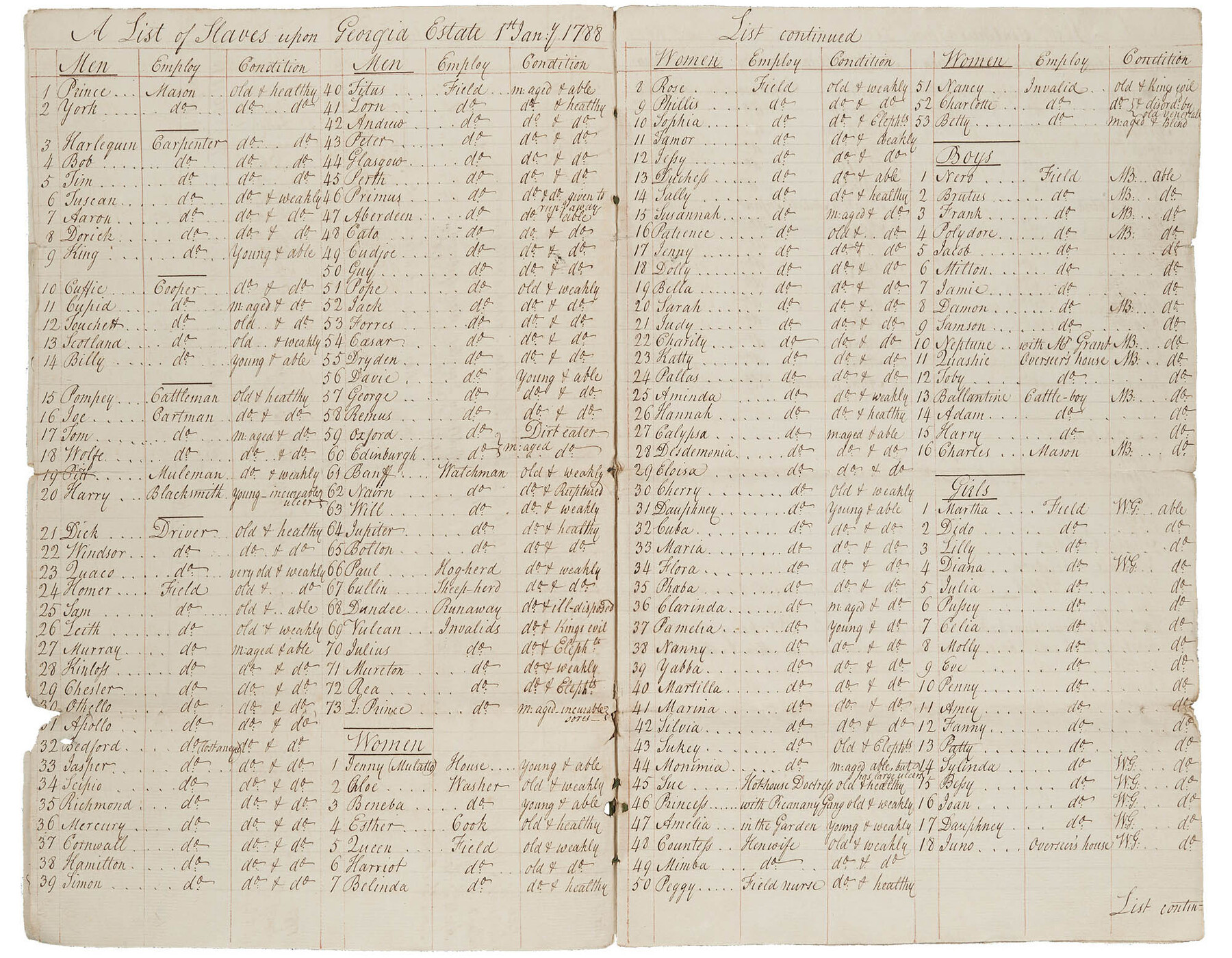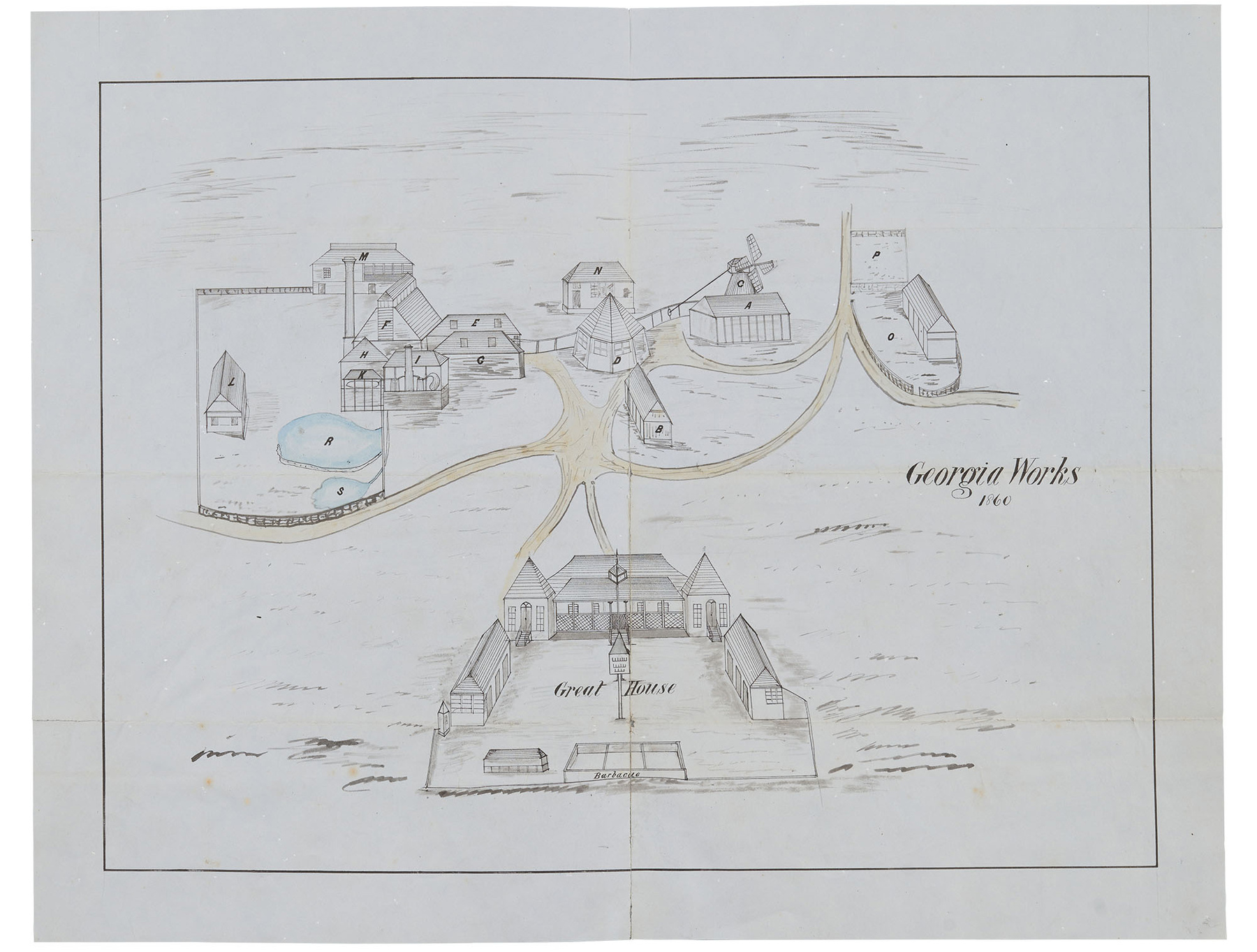Enslavers from the North East


Most North-East enslavers were absentee landowners who had migrated to the Caribbean to make their fortunes, then returned home to manage the enslaved people at a distance through estate managers so that profits flowed back to Scotland.
For example, on the Georgia Estate in Jamaica which was owned by the Gordon family, the profits from growing and processing sugar cane enabled them to lavishly re-design Cairness House in the 1790s. Others were doctors, church ministers and administrators who maintained the infrastructure of slavery, while others became the direct – and brutal – overseers of enslaved people.
The impact of North-East Scotland can be seen in the use of names. In 1834 there are records of six places in the Caribbean which were called ‘Aberdeen’, while enslavers even named people after Scottish towns.
Papers of some local families that included enslavers are in the care of the University, such as the Gordons of Buthlaw and Cairness, the Earls of Fife, the Leslies of Warthill, and the Shands of the Burn at Edzell. However, we do not have archives that directly record the voices of enslaved people themselves.

List of people enslaved on the Georgia Estate, Jamaica
In 1788, 192 adults and children were held in slavery on the Georgia Estate. This list shows how enslavers tried to erase people’s identities by imposing new names on them. There are people renamed after Classical Roman and Greek antiquity, such as Apollo, Scipio, Titus, and Neptune; and after places in Scotland, including Aberdeen, Banff, Forres, Dundee and Glasgow.

‘It is surprising how many landed estates in Aberdeenshire and the adjacent counties were purchased by means of fortunes acquired in the trade of the West Indies’
- William Watt, A History of Aberdeen and Banff (1900)

Plan of the Georgia Estate and its ‘Great House’, Jamaica
The Georgia Estate was owned by the Gordon family of Cairness to grow sugar cane for sale, rather than food for local consumption. It had a large house where the enslaver or overseer lived, and where some enslaved people had to work. Most were forced to work in the fields to process sugar cane, while all lived in poor-quality housing on the estate.





